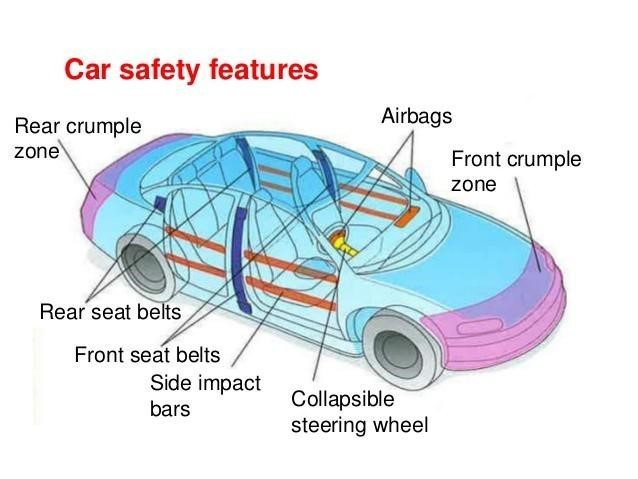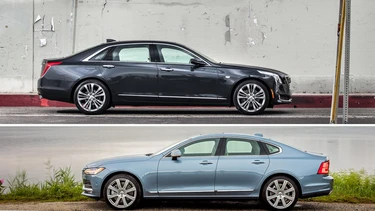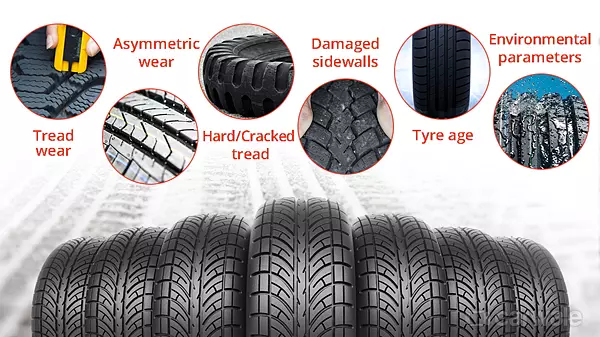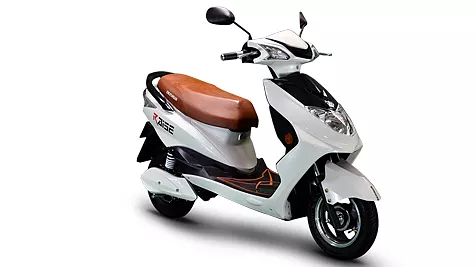Seat belts
For millions of drivers and passengers, seat belts are now a standard feature of car service. The new three-point car seat belt, on the other hand, has only been in use since 1959, and it has saved thousands of lives since then.
Nils Ivar Bohlin, a Swedish aviation inventor who, ironically, spent his early career designing aircraft ejector seats, invented the three-point seat belt. He created a belt that was a hybrid of a lap and diagonal belt that was worn over the pelvis and rib cage.
Bohlin’s powerful three-point harness is combined with a surprisingly straightforward pendulum and ratchet system that locks the belt in sudden-stop circumstances in today’s seat belts. Since the belt is not fixed in place during regular service, this feature aids in belt holder comfort.
Seat belt functionality is based on proper use and fit, much as every other safety device. In the case of a crash or sudden deceleration, if the seat belt is not properly placed on the car occupant’s body, it does not offer sufficient protection.
How to correctly change your seatbelt:
Always wear your seatbelt and make sure your passengers do as well. One unrestrained rider has the potential to severely hurt other passengers in the car.
Seat belts help avoid internal trauma by distributing the weight of a crash around the pelvis and upper abdomen, two of the strongest parts of the human body. The lap belt should be placed across the upper thighs, and the diagonal belt should be placed across the chest, to ensure optimal force distribution.
Often, wear the lap belt at all times. Your body would be thrown under the diagonal belt and onto the console or steering wheel if you didn’t have this restraint.
Make sure your belt is securely fastened around your waist. If it’s too loose, you could get hurt if you’re tossed against the belt.
Whether your seat belts don’t seem to be working properly or you can’t change them properly, take your vehicle to a dealership or a qualified repair shop for help.
If your car already has lap belts (pre-1974 models), talk to your dealer about upgrading to a three-point harness. For a wide range of vehicle makes and models, aftermarket kits are available.
Air bags
Air bags in automobiles are intended to save lives. However, they are not the only source of safety to rely on when driving.
Air bags are supplemental passenger safety devices that cushion the impact of a driver’s contact with the steering wheel, dashboard, and, in certain vehicles, vehicle doors. Air bags do not keep people in their seats and do not keep passengers in the backseat from being pushed forward in the case of a front-end collision.
While air bags save lives, they do not negate the value of wearing a seat belt. Air bags can injure an unrestrained driver when they deploy at such high speeds. Not wearing a seat belt or harness can limit air bag effectiveness by increasing the potentially harmful impact force between the car occupant and the deploying air bag.
Place children 12 years and younger in the back seat with their seat belts tightly fastened to practise proper air bag protection. When an airbag deploys in a vehicle with an infant in the front seat, the impact may be deadly.
Head restraints
In more than one out of every five rear-end collisions, drivers record neck injury. Despite the fact that research suggests that adequate head restraint modification will avoid neck injury, many drivers don’t take the time — or don’t know how — to do so.
Five steps to adjust your head restraint
Take these quick measures the next time you get in the car to better shield yourself from neck injuries:
• Before getting into the taxi, check the head restraint, whether you’re the driver or a passenger. Learn the ins and outs on how it works. Is it able to adjust up and down? Is it slanted? Is it able to lock into place? You’ll be able to choose the right spot for you once you understand how the head brace functions.
• Make sure the seat back is in an upright and relaxed driving or sitting posture while you’re in the car.
• Change the height of the head restraint by facing ahead and reaching behind you. The tip of the head restraint should be as high as the top of your head and no lower than 2.5 inches below the top of your head in the ideal position. If your restriction locks into place, double-check that it is locked in after you’ve determined your ideal height.
• Feel how close the head brace is to the head when still looking forward. It should be as close to the back of the head as possible, no more than 2.5 inches apart in the ideal position. This will assist you in determining the proper distance if the restraint tilts. Adjusting the height of your seat can also be beneficial.
• You or anyone in the vehicle with you should use a scale to make sure the head brace is correctly aligned by measuring the height and distance from your head.
For certain drivers, not all interchangeable head restraints may be locked into place or correctly placed. Make an effort to support yourself in these situations, such as changing the seatback to achieve optimal head restraint posture.




